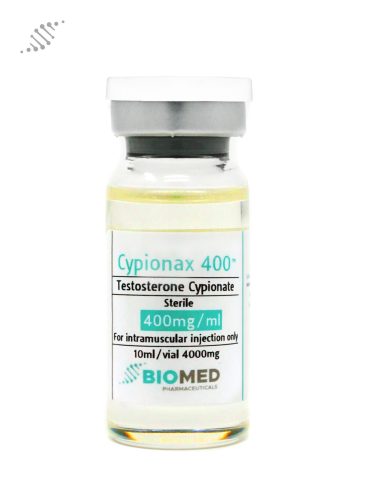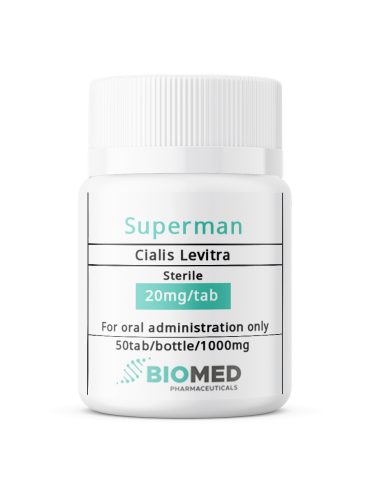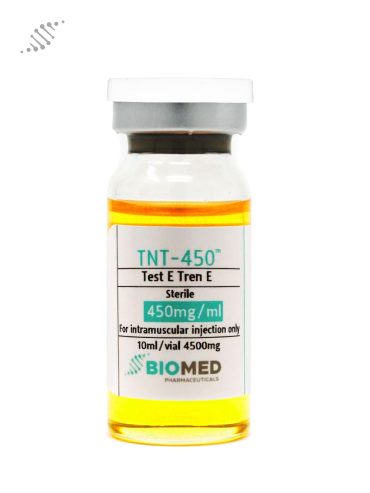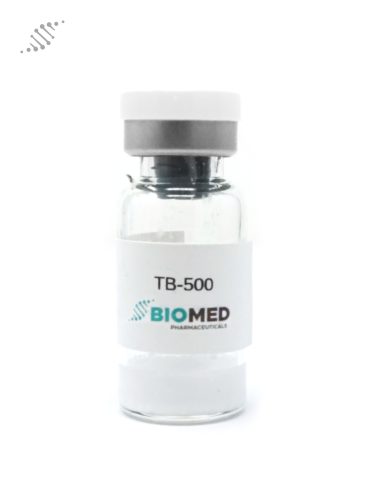
Injury recovery is often a slow and frustrating process, especially when it involves critical connective tissues like tendons, ligaments, and muscles. Traditional treatments like rest, physical therapy, and anti-inflammatory medications can help, but for many, healing takes longer than they’d like — and some injuries never fully recover. Enter BPC-157, a peptide gaining attention in the world of regenerative medicine and sports recovery. Believed to promote faster healing, reduce inflammation, and protect tissues from further damage, BPC-157 is generating real buzz among athletes, bodybuilders, and even medical researchers. But how does it actually work? And can it truly help heal tendons, ligaments, and muscles more effectively than conventional methods? Let’s dig into the science and possibilities behind this intriguing compound.
What is BPC-157 and How Does It Work?
BPC-157 stands for Body Protection Compound-157, a peptide originally isolated from human gastric juice. Despite its natural origin, it’s now synthesized in labs for research and therapeutic purposes. BPC-157 is classified as a pentadecapeptide — meaning it’s composed of 15 amino acids — and it has shown impressive regenerative properties in animal models, leading many to investigate its applications for human injury recovery.
One of the most interesting features of BPC-157 is its effect on the angiogenesis process — the formation of new blood vessels from pre-existing vessels. Why is this important? Because blood flow is crucial for delivering oxygen, nutrients, and healing factors to injured tissues. Tendons and ligaments, in particular, are notoriously slow to heal because they have poor blood supply. By stimulating angiogenesis, BPC-157 may dramatically speed up the repair process.
Additionally, BPC-157 has been shown to upregulate growth factors such as VEGF (vascular endothelial growth factor) and FGF (fibroblast growth factor), which are crucial for tissue regeneration. It also appears to modulate nitric oxide production, helping to maintain the integrity of blood vessels and reduce oxidative stress at the injury site. Animal studies have demonstrated faster recovery from tendon ruptures, muscle tears, ligament injuries, and even nerve damage when treated with BPC-157.
Although much of the research so far is preclinical (meaning it’s been conducted primarily in animals), the consistency and breadth of positive results have made BPC-157 a peptide of great interest for clinical trials and therapeutic use in humans.
BPC-157 for Tendon and Ligament Healing
Tendon and ligament injuries can sideline athletes and fitness enthusiasts for months — sometimes even permanently. Conditions like Achilles tendon ruptures, rotator cuff tears, and ACL injuries are difficult to treat because tendons and ligaments heal slowly and often incompletely. This is where BPC-157 shows some of its most exciting potential.
In several rodent studies, BPC-157 accelerated the healing of transected (severed) Achilles tendons and damaged ligaments, often restoring mechanical strength and function faster than in untreated groups. Researchers observed that BPC-157 treatment led to better collagen organization — a key component of strong, resilient connective tissue — and reduced inflammation at the injury site.
Another important aspect is functional healing. In many tendon and ligament injuries, even after the tissue “heals” structurally, patients are left with scar tissue and impaired mobility. BPC-157 appears to promote functional recovery, meaning that the tissue regains not just structure but actual strength and flexibility. In rodent models, treated animals returned to normal movement patterns faster and with fewer complications than untreated ones.
There is also evidence that BPC-157 can protect tendons and ligaments from secondary damage. For example, in injuries where prolonged inflammation leads to further degeneration, BPC-157 seems to limit the inflammatory cascade, reducing the risk of chronic conditions like tendinopathy.
Human anecdotal reports — although not scientific proof — are also very compelling. Many users report significant improvements in pain, mobility, and recovery times when using BPC-157 for tendonitis, partial tears, and ligament sprains. Although more rigorous human studies are needed, the preliminary evidence is promising enough to make BPC-157 a major player in future sports medicine.
Muscle Recovery and Protection with BPC-157
Muscle injuries are more common than most people realize, ranging from minor strains to major tears that can sideline athletes for months. Muscle recovery is not just about healing the injured fibers — it’s about restoring full strength, flexibility, and preventing scar tissue formation that can lead to chronic problems. This is another area where BPC-157 shows a lot of potential.
Animal studies suggest that BPC-157 can accelerate muscle healing after severe trauma, including crush injuries and surgical cuts. In rats, researchers found that muscle tissue treated with BPC-157 regenerated more quickly, had less fibrosis (scarring), and restored function sooner than untreated tissue. Mechanistically, BPC-157 seems to promote muscle satellite cell activation — these are specialized stem cells responsible for muscle repair and growth.
In addition to enhancing recovery after injury, BPC-157 may offer muscle protection during intense physical activity or after surgeries. Some studies suggest that the peptide reduces oxidative stress and inflammation in muscle tissues subjected to overload or trauma. This could be hugely beneficial not just for athletes but for anyone undergoing orthopedic surgery or dealing with age-related muscle degeneration.
Athletes who use BPC-157 often report reduced soreness, faster recovery between workouts, and fewer minor strains turning into major injuries. Again, while human data remains mostly anecdotal for now, the biological mechanisms make logical sense, given the peptide’s effect on blood vessels, growth factors, and inflammatory pathways.
It’s also worth mentioning that unlike many other performance-enhancing substances, BPC-157 doesn’t seem to have major systemic side effects. It is not a growth hormone, anabolic steroid, or traditional anti-inflammatory drug — making it a very interesting candidate for widespread therapeutic use if future research supports its safety and efficacy.
Final Thoughts: Is BPC-157 the Future of Injury Recovery?
BPC-157 holds incredible promise for accelerating the healing of tendons, ligaments, and muscles — three of the most stubborn tissues to repair after injury. While most of the evidence today comes from animal studies, the results are hard to ignore. From improving blood flow and stimulating new vessel growth to promoting tissue regeneration and reducing inflammation, BPC-157 appears to attack the injury process from multiple angles.
That said, the future looks exciting. Whether you’re an athlete looking for faster recovery, a biohacker exploring cutting-edge healing methods, or someone dealing with chronic tendon or muscle injuries, BPC-157 may one day become a legitimate tool in the recovery arsenal. For now, stay informed, stay cautious, and keep an eye on the research — because the world of injury recovery might be about to change dramatically. If you have any questions, feel free to message our customer support team!








